In spite of an uncertain economic environment in many developed markets, sales of premium cat food have exhibited market-beating growth. How has this segment defied economic gravity?
According to the data of the market survey company Euromonitor International, global value sales of premium cat food were worth US$4.9 billion in 2010, accounting for 40 per cent of the overall cat food market, up from 39 per cent in 2005. Sales of dry products significantly outpaced those of wet offerings from 2005-2010 (the review period), with compound annual growth rates (CAGR) of 7.2 per cent and 4 per cent respectively.However, at US$4.5 million, sales of wet products are still slightly higher than those of dry formats (US$4.3 million) in the premium segment. Convenience (ease of storage and not messy to serve), palatability and lower unit prices are the main reasons why a growing number of cat owners are turning to dry offerings.In developed economies, particularly western Europe, sales of premium dry cat food have significantly outperformed the wider market. In this region, premium dry cat food value sales exhibited a CAGR of 9.6 per cent over the review period, accounting for over a third of all growth in the wider cat food market. The increasing willingness of owners to humanise and indulge their cats is the main driver of premiumisation in the cat food market.Anxiety about product qualityFurthermore, consumers in many developed economies (particularly in North America) tend to be reluctant to economise when it comes to their pets, particularly in such areas as cat food, where they fear that switching to cheaper products could compromise the health of their pet. These fears have been stoked by recalls, particularly the 2007 North American pet food recall.In contrast, in such emerging markets as Brazil, sales growth in premium dry cat food (CAGR of 11.6 per cent over the review period) has not significantly outperformed the wider cat food market (CAGR of 11.4 per cent). This is primarily due to the fact that rising income levels are encouraging many cat owners to make the switch from feeding their pets leftovers to prepared products, overwhelmingly economy offerings, as they adopt increasingly middle-class lifestyles.Nonetheless, a significant number of owners in Brazil (as well as in China and Russia) are trading up from economy and mid-priced cat food to premium offerings as their incomes rise. In Brazil, the proportion of households with an income of at least US$55,000 (at purchasing power parity) rose from 6 per cent to 9 per cent over the review period.Alternative products boomOne of the main trends in premium cat food over the past year or…
Related articles
Read also

 Menü
Menü

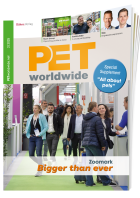









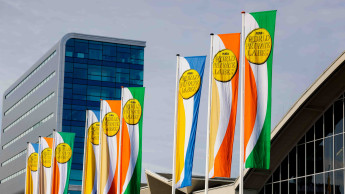
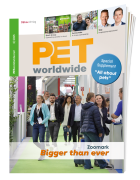
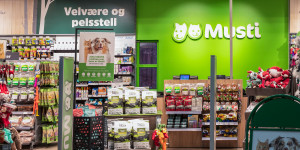
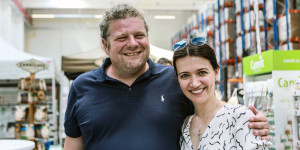
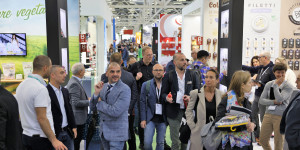

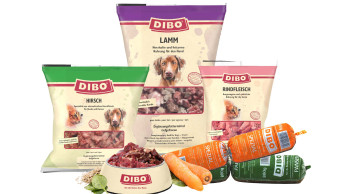
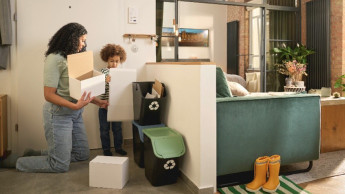
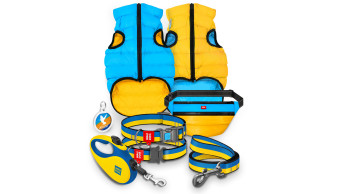
 Newsletter
Newsletter